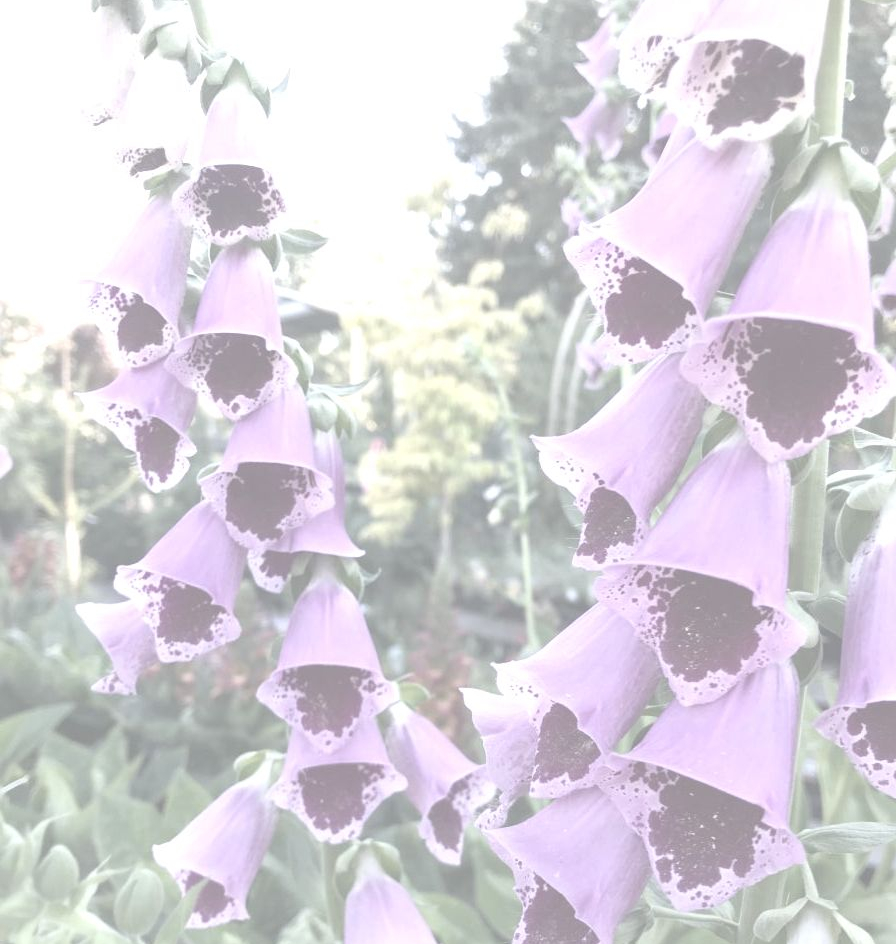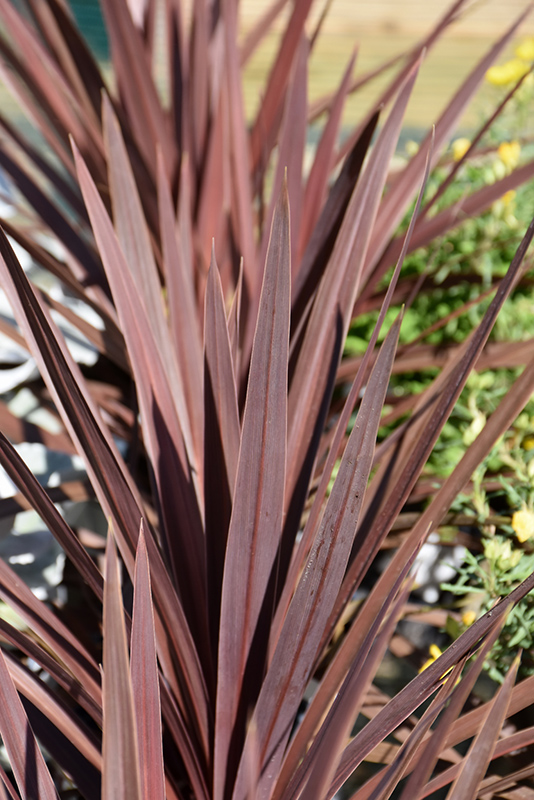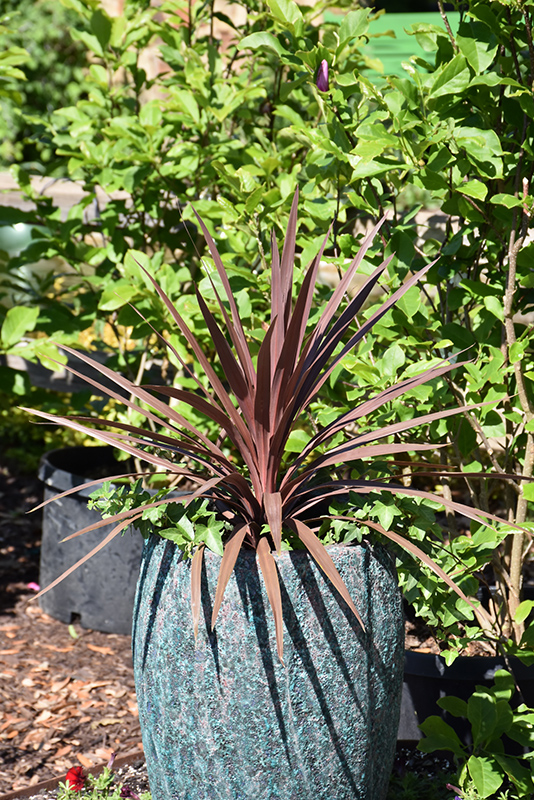Red Star Red Grass Tree
Cordyline australis 'Red Star'
Height: 25 feet
Spread: 10 feet
Sunlight:
![]()
![]()
Hardiness Zone: 8b
Other Names: Cabbage Palm
Description:
An interesting palm like tree that will branch with age to produce several heads; produces large panicles of sweet smelling white blooms; may be grown in zone 8b with some protection; a wonderful addition to a tropical themed garden
Ornamental Features
Red Star Red Grass Tree features dainty panicles of fragrant white round flowers with chartreuse eyes along the branches from late spring to early summer. It has attractive burgundy evergreen foliage. The sword-like leaves are highly ornamental and remain burgundy throughout the winter.
Landscape Attributes
Red Star Red Grass Tree is an evergreen tree with an upright spreading habit of growth. Its relatively fine texture sets it apart from other landscape plants with less refined foliage.
This is a relatively low maintenance tree, and usually looks its best without pruning, although it will tolerate pruning. It has no significant negative characteristics.
Red Star Red Grass Tree is recommended for the following landscape applications;
- Accent
- General Garden Use
- Container Planting
Planting & Growing
Red Star Red Grass Tree will grow to be about 25 feet tall at maturity, with a spread of 10 feet. It has a low canopy with a typical clearance of 3 feet from the ground, and is suitable for planting under power lines. It grows at a medium rate, and under ideal conditions can be expected to live for 40 years or more.
This tree does best in full sun to partial shade. It does best in average to evenly moist conditions, but will not tolerate standing water. It is not particular as to soil type or pH, and is able to handle environmental salt. It is somewhat tolerant of urban pollution. This is a selected variety of a species not originally from North America.
Red Star Red Grass Tree is a fine choice for the yard, but it is also a good selection for planting in outdoor pots and containers. Its large size and upright habit of growth lend it for use as a solitary accent, or in a composition surrounded by smaller plants around the base and those that spill over the edges. It is even sizeable enough that it can be grown alone in a suitable container. Note that when grown in a container, it may not perform exactly as indicated on the tag - this is to be expected. Also note that when growing plants in outdoor containers and baskets, they may require more frequent waterings than they would in the yard or garden.



